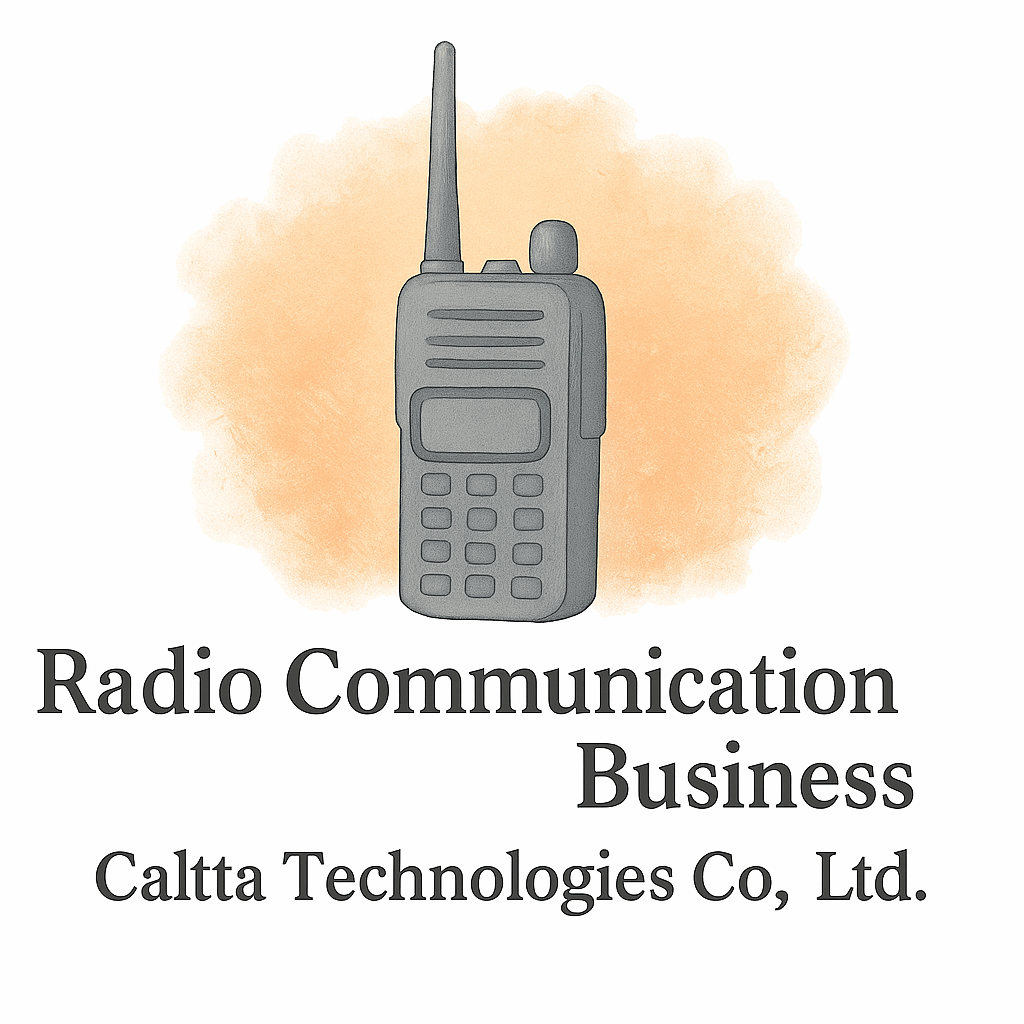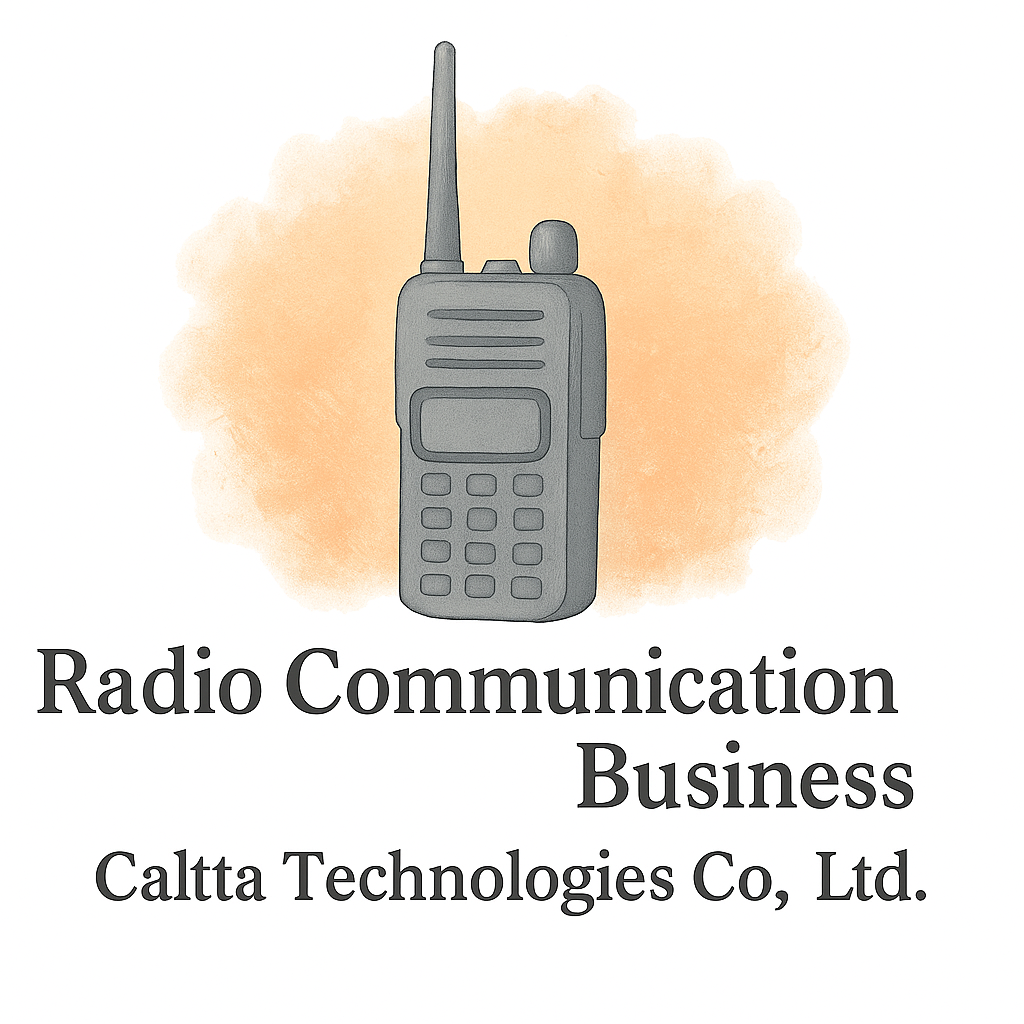Introduction: Why Radio Communication Still Matters
When most people think of communication today, smartphones and fiber internet often steal the spotlight. Yet radio communication remains essential. From aviation and maritime navigation to emergency services and military operations, radio links serve as the backbone for critical, real-time communication. But there’s a catch—traditional radio systems rely heavily on ground-based towers, which limits their reach and reliability. This is where satellites step in to completely reshape the playing field.
The Role of Satellites in Modern Communication
Satellites aren’t just floating tech marvels—they’re active partners in making communication seamless.
From Local Signals to Global Reach
Traditional towers are limited by geography. Mountains, oceans, and vast deserts block radio signals. Satellites, orbiting high above the Earth, eliminate these limitations by relaying signals globally.
The Shift from Traditional Towers to Space Technology
Instead of building thousands of towers, a satellite system provides broad, scalable coverage. This transition to space-based infrastructure is one of the most impactful shifts in modern communication.
1. Expanded Global Coverage
Bridging the Gap in Remote Regions
Remote areas—whether deep in the Amazon, on top of a mountain, or in the middle of the ocean—are nearly impossible to cover with ground towers. Satellites bring connectivity to places where infrastructure is too expensive or physically impossible to build.
Why Land-Based Towers Fall Short
Even in well-developed areas, dead zones exist. Satellites cover these blind spots, ensuring that communication lines remain open everywhere.
2. Reliable Communication in Disaster Zones
When Ground Infrastructure Fails
Hurricanes, earthquakes, and floods often destroy power lines and radio towers. Satellite communication steps in as a reliable alternative, keeping rescue teams connected when every second matters.
Real-World Examples of Satellite Emergency Support
During the 2010 Haiti earthquake, satellites provided emergency responders with life-saving communication. Similar patterns have been seen in wildfire and hurricane recovery operations worldwide.
3. Enhanced Maritime and Aviation Communication
Clear Signals Across Oceans
Ships rely on radio communication for navigation and safety, but vast oceans lack traditional coverage. Satellites fill that gap, making sure vessels remain in contact with ports and emergency services.
Keeping Aircraft Connected Everywhere
Aircraft flying over oceans, mountains, or deserts can’t rely on ground towers. Satellite-based radio ensures seamless cockpit communication and even passenger internet.
4. Improved Signal Quality and Stability
Reducing Dead Zones and Interference
Mountains and skyscrapers often block signals. Satellites provide direct line-of-sight connections, reducing interference and making radio coverage more reliable.
Why Satellites Offer More Stable Links
Unlike towers, which can suffer outages due to weather or technical failures, satellites maintain a consistent signal quality across large regions.

5. Scalability for Growing Industries
Supporting Expanding Business Needs
Industries such as logistics, construction, and energy need communication systems that grow with their operations. Satellites scale efficiently, offering broader coverage without additional infrastructure.
Future-Proofing with Satellite Networks
As businesses expand globally, satellites provide a future-ready solution. They eliminate the need for frequent upgrades to ground-based systems.
6. Secure and Encrypted Connections
Protecting Government and Military Radio Traffic
Defense forces require ultra-secure radio channels. Satellites offer encrypted, tamper-proof communication links, making them indispensable for security-sensitive sectors.
Ensuring Privacy for Businesses
Private companies also benefit from encrypted satellite radio, ensuring confidential conversations and transactions remain safe from cyber threats.
7. Cost-Effective for Large-Scale Coverage
Why Satellites Save Money Long-Term
While launching satellites requires high upfront investment, they reduce the need for thousands of towers and maintenance crews on the ground. Over time, this becomes a cost-effective solution.
Avoiding Maintenance Issues of Towers
Ground towers face wear and tear, power outages, and vandalism. Satellites bypass these issues, offering a longer-lasting infrastructure.
8. Integration with Modern Tech and IoT
Smart Cities and Connected Devices
As smart cities evolve, devices—from traffic sensors to public safety systems—require constant connectivity. Satellites provide the backbone for these interconnected technologies.
Future Role of Satellites in Communication Tools
From autonomous vehicles to AI-powered drones, satellites will continue to enhance the reliability of real-time communication.
Challenges of Satellite Radio Communication
Latency and Bandwidth Concerns
Because satellites orbit far above Earth, there can be a slight delay in communication. However, advancements in low-earth orbit (LEO) satellites are reducing these issues dramatically.
Regulation and Compliance
International regulations govern satellite communication. Businesses must stay compliant with industry rules, which can vary across borders. (Learn more about global compliance at Caltta International).
How Businesses Can Leverage Satellite Communication
Choosing the Right Equipment and Technology
Selecting the right devices, radios, and antennas is essential. Businesses can explore solutions at Caltta International Equipment & Technology.
Planning for Costs and Budgeting
Budgeting is key for adopting satellite systems. Companies can learn strategies at Caltta International’s Financial Planning Hub to balance technology investments and cost-saving goals.
Conclusion: The Future of Radio Communication with Satellites
Satellites are not just an upgrade—they’re a revolution. They extend radio communication into regions once considered unreachable, stabilize signals, and support industries that rely on instant connectivity. From disaster recovery to IoT integration, satellites ensure that radio remains relevant in a fast-paced, tech-driven world. As more businesses and governments adopt satellite-powered communication, the future looks clearer, more reliable, and more connected than ever.
FAQs
1. Why are satellites better than traditional radio towers?
Satellites provide wider coverage, fewer dead zones, and better scalability compared to land-based towers.
2. Do satellites work in extreme weather conditions?
Yes, satellites are designed to withstand harsh weather, though very severe storms can cause minor signal delays.
3. How do satellites support emergency communication?
They provide stable links when ground infrastructure is damaged, making them vital in disaster recovery.
4. Is satellite radio communication expensive?
Initial setup costs are high, but it becomes cost-effective long-term due to reduced maintenance needs.
5. Can businesses integrate satellite communication with IoT?
Absolutely—satellites support IoT applications like smart cities, logistics, and autonomous vehicles.
6. What industries benefit most from satellite radio?
Aviation, maritime, energy, construction, government, and defense sectors rely heavily on satellites.
7. Where can I learn more about satellite technology for businesses?
Check resources at Caltta International, including Business Startup Basics, Marketing & Branding, and Industry Insights.


